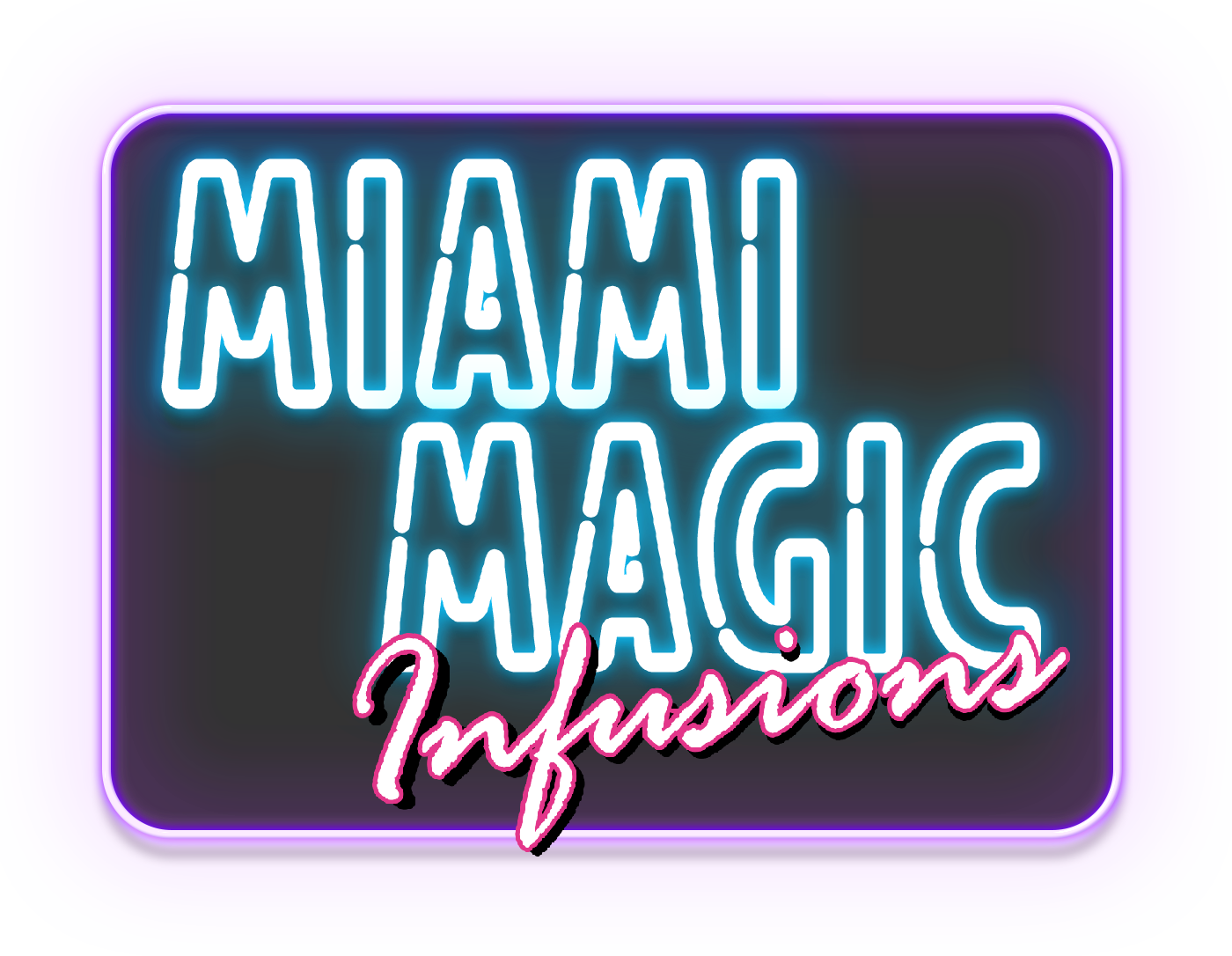Nitrous oxide (N2O) cylinders are essential tools in the culinary world, allowing chefs and home cooks alike to whip up creamy delights and infuse flavors into their dishes with ease. However, proper usage is key to ensuring safety and achieving optimal results. In this step-by-step guide, we'll walk you through the process of safely and effectively using a nitrous oxide cylinder for your culinary creations.
Step 1: Choose the Right Cylinder
Before you begin, ensure that you have the correct size and type of nitrous oxide cylinder for your needs. Cylinders come in various sizes, so select one that aligns with the volume of whipped cream or infused liquid you plan to make. Additionally, make sure the cylinder is intended for culinary use and is food-grade quality.
Step 2: Attach the Dispenser
Once you have your cylinder, it's time to attach it to a compatible whipped cream dispenser or infusion device. Follow the manufacturer's instructions carefully to securely connect the cylinder to the dispenser, ensuring a tight seal to prevent leaks during operation.
Step 3: Prepare the Ingredients
Before charging the cylinder, prepare your ingredients accordingly. For whipped cream, ensure that the cream is chilled and pour it into the dispenser. If infusing flavours, have your liquid base and desired flavouring agents ready to go. Proper preparation ensures smooth operation and optimal results.
Step 4: Charge the Cylinder
With the dispenser securely attached to the cylinder and the ingredients prepared, it's time to charge the cylinder with nitrous oxide. Follow these steps:
- Shake the cylinder gently to ensure proper distribution of the gas.
- Insert the nitrous oxide charger into the dispenser's charger holder.
- Screw the charger holder onto the dispenser until you hear a hissing sound, indicating that the gas is being released into the dispenser.
- Once the charger has been pierced and emptied, remove it from the holder and discard it properly.
- Repeat this process with additional chargers if needed, depending on the volume of ingredients in the dispenser.
Step 5: Dispense and Enjoy
After charging the cylinder, it's time to dispense your whipped cream or infused liquid. Hold the dispenser vertically with the nozzle facing downwards and dispense the contents by pressing the lever or button as directed by the dispenser's instructions. Enjoy your freshly whipped cream or infused creations immediately, or store them in the refrigerator for later use.

Step 6: Safety Precautions
While using a nitrous oxide cylinder, it's essential to prioritize safety at all times. Follow these safety precautions:
- Always use cylinders and chargers intended for culinary use.
- Store cylinders in a cool, dry place away from heat sources and direct sunlight.
- Avoid inhaling nitrous oxide gas directly from the cylinder, as it can be harmful or even fatal.
- Dispose of empty chargers properly and according to local regulations.
By following these steps and safety precautions, you can safely and effectively use a nitrous oxide cylinder to whip up delicious whipped cream and infuse flavours into your culinary creations with confidence. Happy cooking!
FAQs about Using Nitrous Oxide (N2O) Cylinders for Culinary Purposes
A: No, it's essential to use cylinders specifically intended for culinary use. These cylinders are food-grade quality and ensure the safety and integrity of the ingredients being used.
A: Food-grade nitrous oxide cylinders are typically labelled as such by the manufacturer. Look for cylinders specifically designed for culinary applications and ensure they meet regulatory standards for food safety.
A: No, nitrous oxide chargers are designed for single-use only. Attempting to reuse chargers can compromise safety and may result in unpredictable outcomes.
A: No, it is not safe to inhale nitrous oxide gas directly from culinary cylinders. Nitrous oxide can cause asphyxiation and other serious health risks when inhaled improperly.
A: Nitrous oxide cylinders should be stored in a cool, dry place away from heat sources and direct sunlight. Ensure cylinders are securely stored in an upright position to prevent tipping or damage.
A: Empty nitrous oxide chargers should be disposed of properly according to local regulations. Many recycling centers accept metal chargers for recycling.
A: Yes, it's essential to prioritize safety when using nitrous oxide cylinders. Follow manufacturer instructions carefully, avoid inhaling gas directly from the cylinder, and store cylinders properly to prevent accidents.




